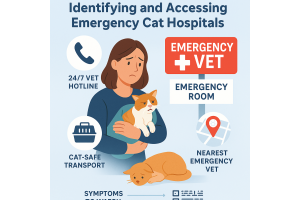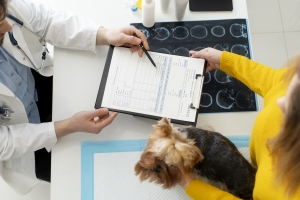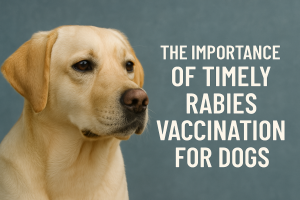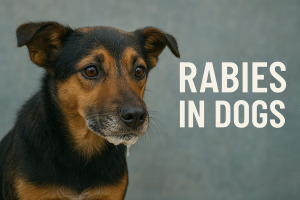Progression Timeline: From Rabies Symptoms to Fatality in Dogs
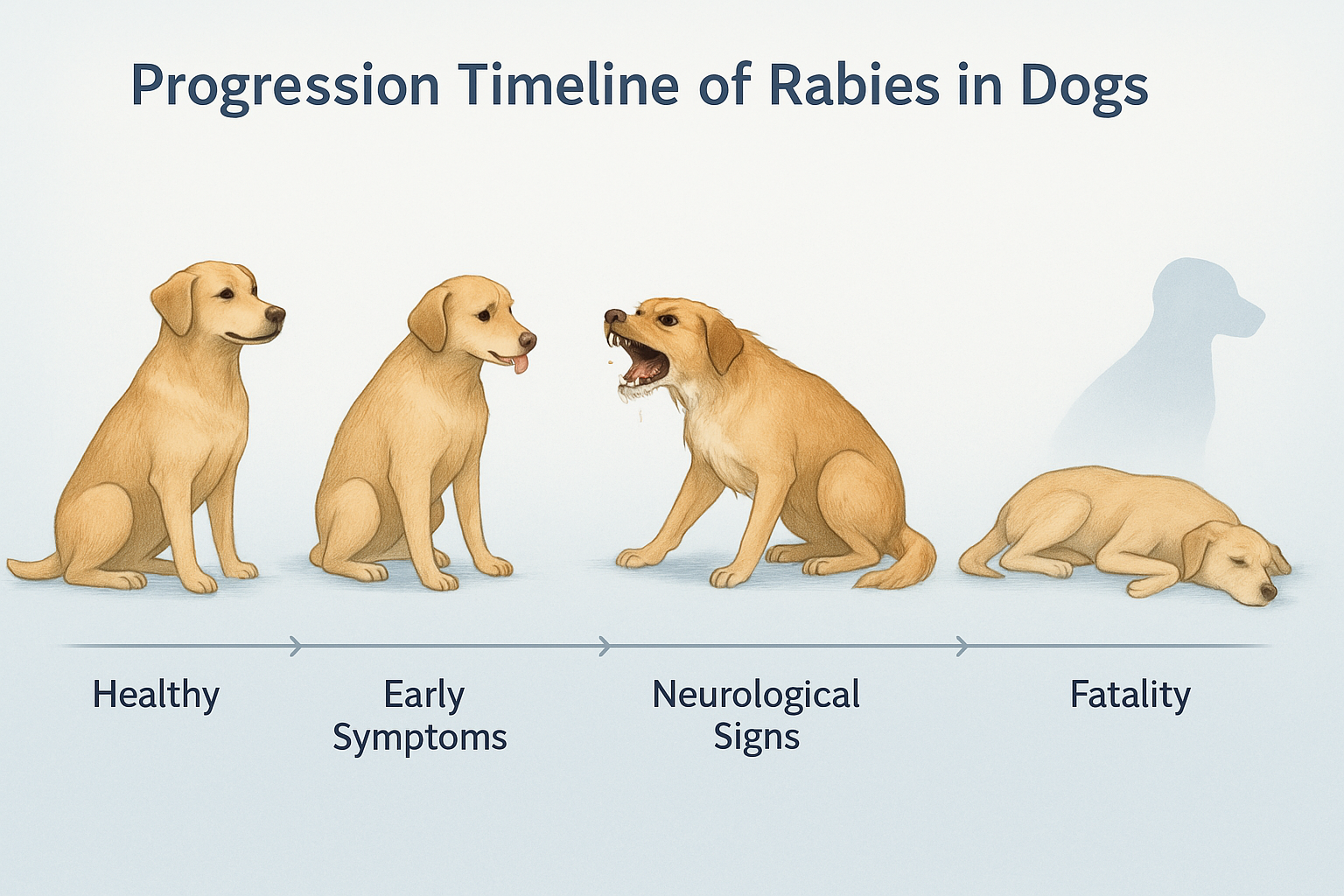
Rabies is one of the most feared diseases in pets and humans. Understanding its progression, especially in dogs, can be crucial for preventing the disease and recognizing its symptoms early. Here’s a detailed look at how rabies progresses in dogs.
1. The Incubation Period
Rabies has an incubation period, which can vary depending on factors like the location of the bite and the amount of virus transmitted. The incubation period typically ranges from 3 to 8 weeks but can vary.
- Factors Influencing Incubation: The severity of the bite, the proximity to the nervous system, and the dog’s immune system can all impact how quickly symptoms of rabies appear. Bites closer to the head or neck may lead to faster symptom onset.
- No Symptoms Initially: During the incubation period, the dog may not show any signs of illness. The virus is present in the body, but it hasn't yet affected the nervous system in a way that causes noticeable symptoms.
2. Early Symptoms of Rabies
Once the rabies virus reaches the dog’s brain and spinal cord, the early symptoms of rabies can begin to appear. These signs are often subtle and can easily be mistaken for other conditions.
- Behavioural Changes: Dogs with rabies often show a sudden change in behaviour. They may become more irritable, aggressive, or unusually friendly. This change occurs because the virus affects the brain, leading to confusion and agitation.
- Fever and Loss of Appetite: As with many infections, fever is common in the early stages of rabies. The dog may also lose interest in food and water.
- Excessive Drooling: Rabies affects the ability to swallow, leading to excessive salivation and drooling.
- Sensitivity to Light and Sound: Dogs may appear hyperactive or startled by normal sounds or light.
3. Advanced Symptoms
As rabies progresses, the symptoms become more severe and more obvious:
- Paralysis: The virus attacks the central nervous system, leading to partial paralysis, often starting with the muscles of the face, jaw, and throat. This can prevent the dog from swallowing or controlling their saliva.
- Aggression or Unusual Behavior: In some cases, rabid dogs can exhibit aggressive behavior, biting at anything in sight, including humans. This occurs because the virus affects the dog’s brain, impairing their ability to process their surroundings.
- Difficulty Breathing: As the paralysis spreads, the muscles involved in breathing can become weakened, leading to difficulty breathing or even respiratory failure.
- Hydrophobia (Fear of Water): Rabies often causes inflammation in the throat, making it painful for the dog to swallow. This leads to the characteristic symptom of hydrophobia, where the dog fears or resists drinking water.
4. Fatal Outcome
Rabies is almost always fatal once clinical symptoms appear, and death typically occurs within 7 to 10 days after the onset of symptoms. The final stages of rabies include:
- Complete Paralysis: As the disease progresses, the paralysis spreads throughout the dog’s body, affecting the legs, and eventually the diaphragm, making breathing difficult.
- Coma and Death: As paralysis spreads to vital organs and the respiratory system fails, the dog may fall into a coma and eventually die.
5. Preventing Rabies in Dogs
Rabies is preventable through vaccination. Ensuring that your dog is vaccinated regularly is the most effective way to protect them from this fatal disease. Additionally:
- Post-Exposure Vaccination: If your dog is bitten by an animal that may have rabies, post-exposure vaccination may help prevent the disease if administered quickly after exposure.
- Avoid Wildlife: Rabies is most commonly spread through bites from wild animals, such as bats, raccoons, or foxes. Avoiding interactions with wild animals can significantly reduce the risk of rabies exposure.
Factors Influencing Rabies Incubation and Progression in Canines
Several factors play a role in determining how rabies progresses in dogs. Understanding these variables can help in identifying the disease early and administering timely treatment or preventive measures.
1. Location of the Bite
The closer the bite is to the brain and spinal cord, the faster the virus can spread. For example:
- Bites to the Head or Neck: Rabies will spread more quickly to the nervous system from bites to these areas.
- Bites to the Limb: Bites further from the brain (such as to the limbs) may result in a slower progression of symptoms.
2. Severity of the Bite
The severity of the bite also influences the speed at which rabies manifests. Deep, puncture wounds are more likely to introduce more of the virus into the body, accelerating the infection.
3. The Dog’s Health and Immune System
A dog’s overall health and immune system play a significant role in how quickly the virus takes hold. Younger dogs, older dogs, and those with compromised immune systems may show symptoms sooner.
4. Amount of Virus Transmitted
The amount of the rabies virus introduced into the dog’s body can also affect the incubation period. A larger amount of the virus may cause symptoms to appear sooner.

